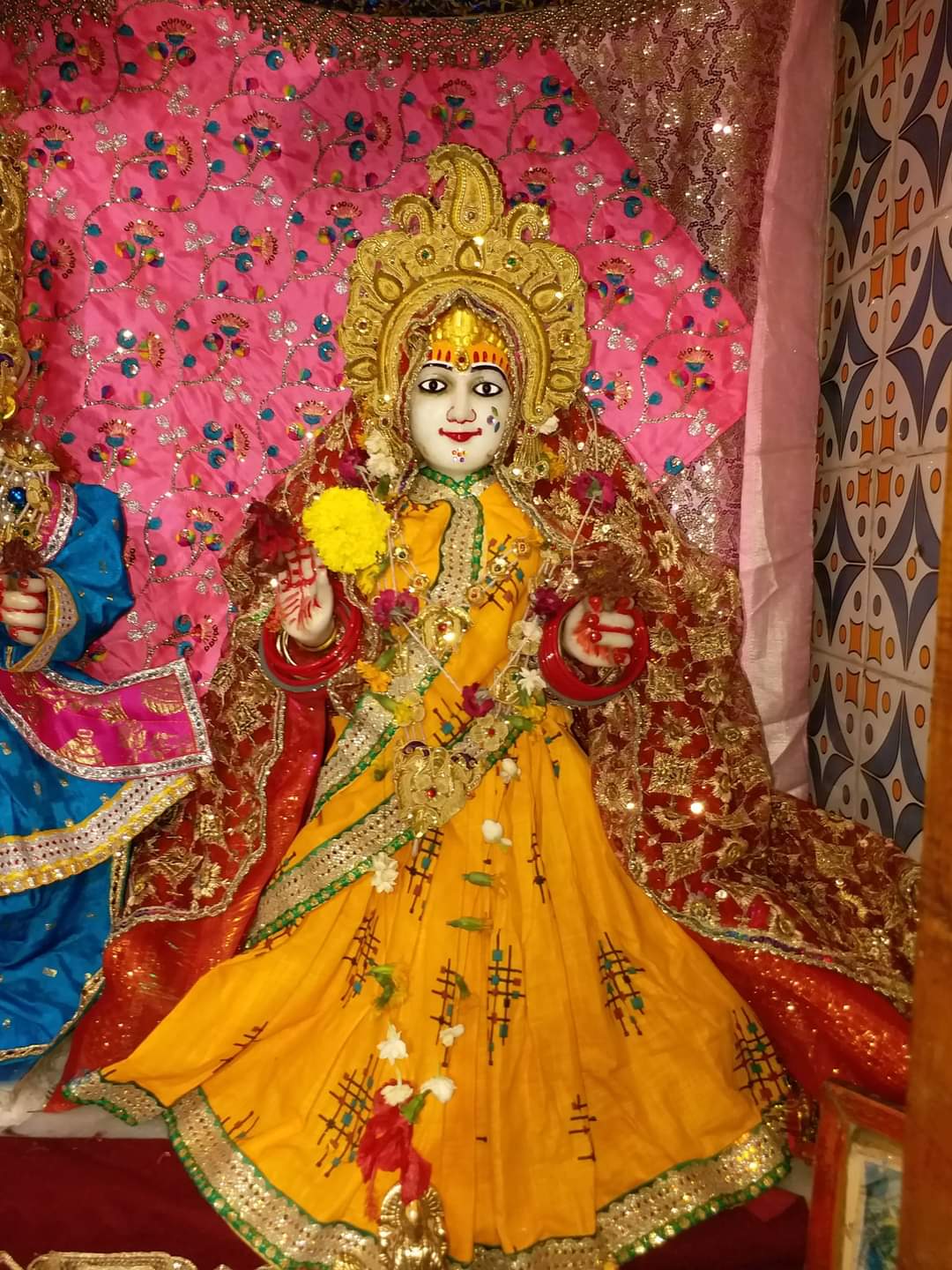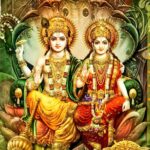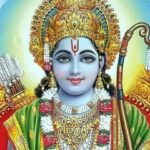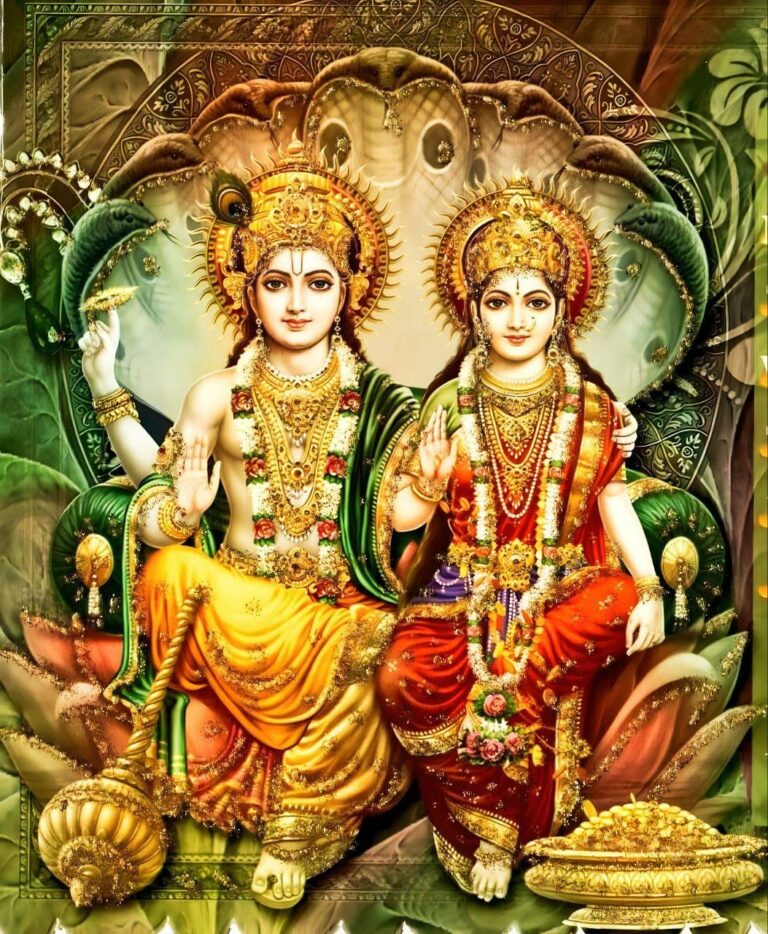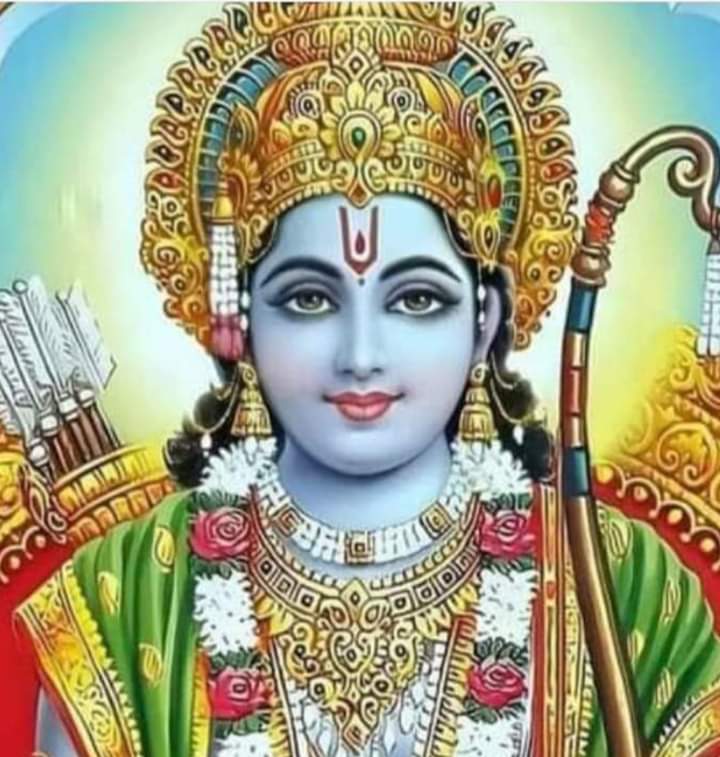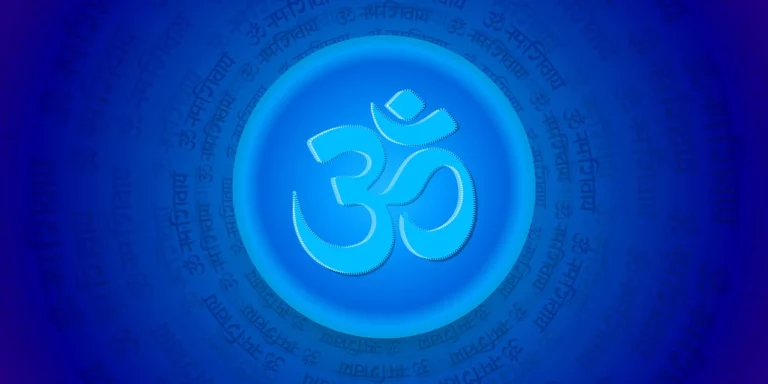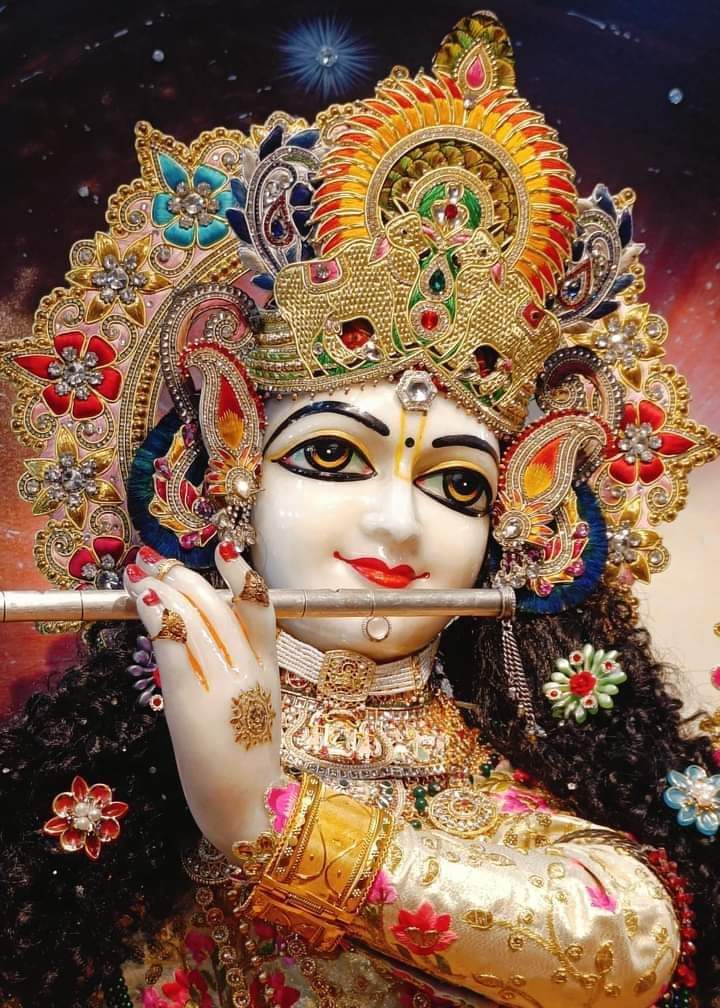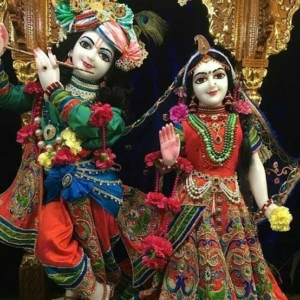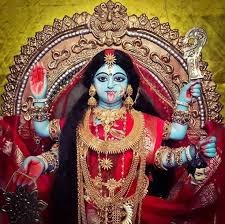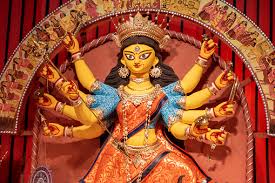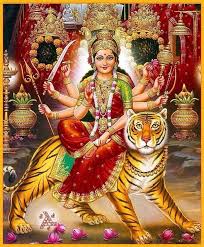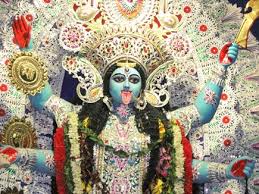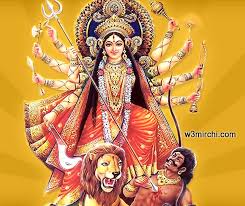|| ||
मैने कुछ दिन पहले सती शब्द की व्याखया
पढ़ी थी।आप लोग ध्यान से पढ़िए।
किसी भी शब्द को समझने के लिए पीछे इतिहास में क्या हुआ है और क्यो हुआ है इसको समझना अति आवश्यक हैं ।अब सती के रूप में तीन स्त्रियों को नाम बहुत सम्मान से लिया जाता है।सती,पार्वती का पूर्व स्वरूप जब वह दक्ष प्रजापति की पुत्री थीं ।
सती अनूसूइया, वह भी दक्ष प्रजापति की पुत्री और ऋषि अत्रि की पत्नी थी जिनसे स्वयं जगदंबा सीता ने पतिव्रता का धर्म सीखा ।
और तीसरी सत्यवान की पत्नी को सती
सावित्री कहा जाता है ।
अब देखें सती का अर्थ पति की मृत्यु के बाद उसका पति की चिता में जलने का खंडन करता हूँ और सती शब्द का वास्तविक अर्थ बताता हूँ । हाँ यह ध्यान रखिए कि पति की मृत्यु के बाद कुछ स्त्रियों ने शोकग्रस्त होकर प्राण त्यागे थे पर ऐसा करने की कोई विवशता कभी नहीं थी और एक कुप्रथा के रूप में अरबों के भारत आने पर इसका प्रसार अधिक हुआ ।
अब आप ध्यान दीजिए । सति अनूसुइया के पति जीवित थे और भगवती सीता ने पतिव्रता धर्म की शिक्षा ऋषि अत्रि के आश्रम में ली थी।अनूसूइया को सती की उपाधि के लिए,ऋषि अत्रि के मरने की कोई आवश्यकता नहीं थी। सावित्री का पति सत्यवान की जब मृत्यु हो जाती है तो सावित्री अपने को चिता में नहीं डालती है बल्कि वह यमराज के मुख से अपने पति को वापस जीवित करवा लेती है । और आजतक सती सावित्री के रूप में जानी जाती है । सावित्री को सती बनने के लिए उसे जान देने की कोई आवश्यकता नहीं थी ।
अब आते हैं सती पर,और केवल सती का ही उदाहरण मिलता है,प्राण त्यागने का।पर क्या जब सती ने प्राण त्यागे थे तब क्या उनके पति की मृत्यु हो गई थी ? नही । अत: पति के मृत्यु से सती शब्द का कोई लेना देना नहीं है ।अब चौथा उदाहरण देखिए ।
जब दशरथ जी का अंतिम संस्कार हो रहा था तब तीनों माताओं ने कौशल्या,कैकेयी और सुमित्रा ने गुरू वशिष्ठ से सति होने की अनुमति माँगी । गुरू वशिष्ठ चुप रहे पर धर्म के स्वरूप भरत जी ने तीनों माताओं को रोक दिया ।हालाँकि भरत जी ने माता कौशल्या और सुमित्रा को अलग ढंग से रोका और कैकेयी को अलग ढंग से पर बाद में गुरू वशिष्ठ ने कहा कि हे भरत, मैं अपने को धर्म का ज्ञानी समझता था पर वास्तव धर्म तो तुम ही हो ।
भरत ने माता कौशल्या और माता सुमित्रा को सती शब्द की व्याख्या करते हुए कहा कि सती वही होता है जो जीवित अवस्था में पति के प्रति पतिव्रता रहे और पति के मृत्यु के पश्चात, जीवन पर्यन्त विरह और वियोग की अग्नि में जले।हालाँकि कैकेयी को चिता में रोकते हुए कहते है कि महारानी कैकेयी, तुम पश्चात्ताप की अग्नि में जीवन पर्यन्त जलो ।अत: पति के मृत्यु के पश्चात विरह और वियोग की अग्नि में जलने वाली स्त्री ही सच्चे शब्दों में सती कही गई है । || हर हर महादेव ||
, , I explained the word sati a few days back. Had read. You guys read carefully.
To understand any word, it is very important to understand what has happened in the history behind and why it has happened. Now the name of three women in the form of Sati is taken with great respect. She was a daughter.
Sati Anusuiya, she was also the daughter of Daksha Prajapati and wife of sage Atri, from whom Jagadamba Sita herself learned the dharma of chastity.
And the third Satyavan’s wife was Sati. called Savitri.
Now see the meaning of Sati after the death of the husband, I refute the burning of the husband in the funeral pyre and tell the real meaning of the word Sati. Yes, keep in mind that after the death of the husband, some women gave up their lives out of grief, but there was never any compulsion to do so and it spread more when the Arabs came to India as a bad practice.
Now you pay attention. Sati Anusuiya’s husband was alive and Bhagwati Sita learned Pativrata Dharma in sage Atri’s ashram. There was no need for Sage Atri to die for Anusuiya to become a Sati. When Savitri’s husband Satyavan dies, Savitri does not throw herself in the pyre, but she gets her husband back alive from the mouth of Yamraj. And till date Sati is known as Savitri. There was no need to kill Savitri for her to become sati.
Now let’s come to Sati, and only Sati’s example of sacrificing her life is found. But when Sati had sacrificed her life, did her husband die? No . Hence, the word Sati has nothing to do with the death of the husband. Now look at the fourth example.
When Dasaratha was being cremated, the three mothers Kaushalya, Kaikeyi and Sumitra sought permission from Guru Vashishtha to commit sati. Guru Vashishtha remained silent but in the form of religion, Bharat ji stopped all the three mothers. Although Bharat ji stopped mother Kaushalya and Sumitra in a different way and Kaikeyi in a different way, but later on, Guru Vashishtha said that O Bharata, I myself He used to think that he was a knower of religion, but in reality you are the religion.
Explaining the word Sati to Mata Kaushalya and Mata Sumitra, Bharata said that Sati is the one who remains chaste towards her husband while alive and burns in the fire of separation and separation for the rest of her life after her death. I stop and say that Queen Kaikeyi, you burn in the fire of repentance for the rest of your life. Therefore, only a woman who burns in the fire of separation and separation after the death of her husband is called Sati in true words. , Har Har Mahadev ||

